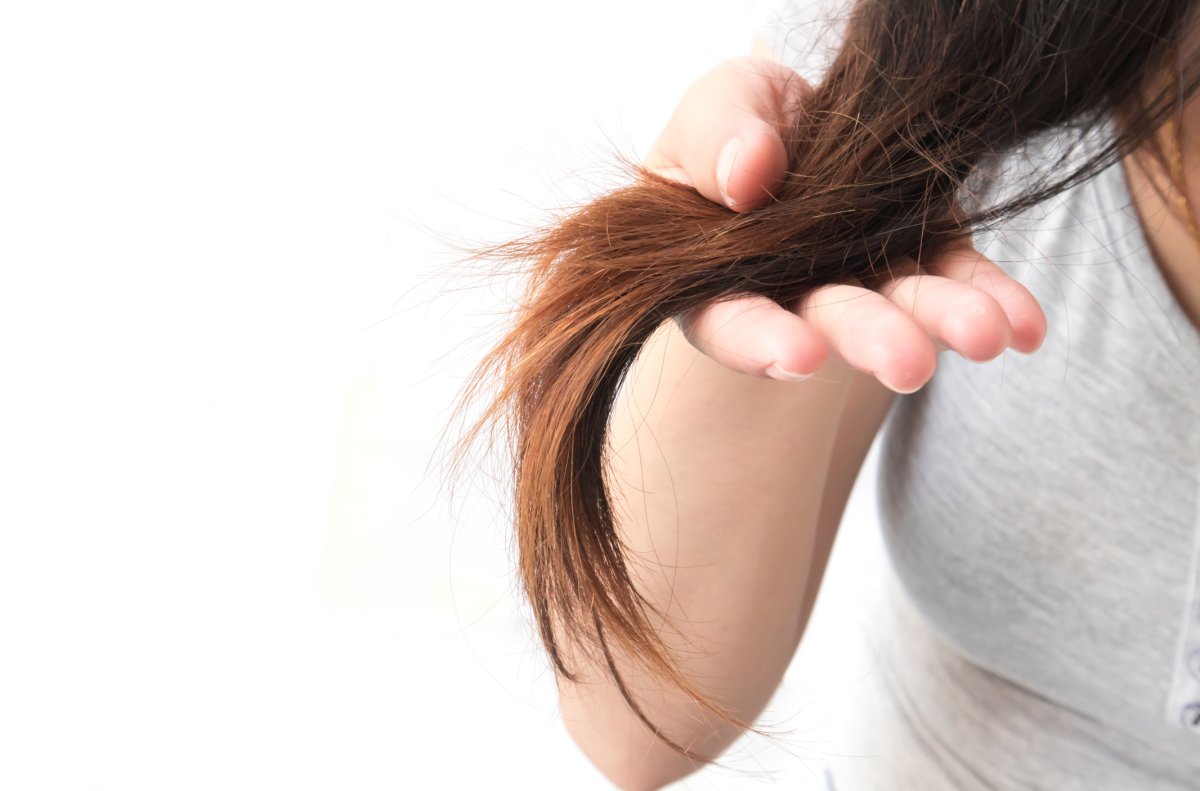It’s the time of the year when our locks feel drier, damaged and overall more dull.

And since our hair is made up of proteins and lipids, Dr. Jeni Thomas, principle scientist for P&G Hair Care, says the other important piece of the puzzle is moisture.
“The environment can have a noticeable difference on how your hair looks, feels and behaves,” she tells Global News. “When you go into winter air, typically outside, you have low humidity levels and inside, high heat.”
She adds people’s hair during the winter tends to get tangled and static.
READ MORE: Proper hair care techniques
Marilisa Sears, artistic director at Marc Anthony True Professional, adds there is a difference between dry and damaged hair.
“Dry hair needs moisture, while truly damaged hair needs proteins,” she tells Global News.
“If your hair is damaged and needs TLC, you want the selected proteins to be hydrolyzed. This is so the benefits can get inside the hair.”
Rosa Flores, hairstylist at Solo Base and Alterna Haircare in Toronto, adds just like sunscreen, hair products are designed to protect the hair from damage, and often, people forget this crucial step.
Below, these three experts take on dry and damaged hair, as well as simple solutions you can try this winter to fix it.
Apply conditioner the right way
The majority of us use conditioner after we wash our hair with shampoo, but Thomas says we shouldn’t only focus on the damaged tips.
“You want to use conditioner to prevent damage from progressing in the first place,” she says. “Start at the tip and massage. Gradually work your way upwards.”
She says people fear adding conditioner to their roots, but technologies in formulas have changed and allowed conditioners to be less heavy.
Change your products
Change your products according to your hair’s current state, Sears says.
“When a product stops working, it means that your hair has changed… once you have more moisture in your hair, a super hydrating product could be too heavy and you need to switch to something lighter.”

Get weekly health news
Use protective products
If you are used to blow-drying or straightening your hair every day, make sure you are using products that protect the hair from heat, Flores says.
“You should be doing this in the winter and summer … even before you blow-dry.”
Be careful with oils
Oils have been used for hair care for centuries, and these days, Thomas says there are a ton of products that offer specialty oils. If you are using an oil treatment for dry or damaged hair, don’t overdo it.
“You naturally have oils in your hair and lipids have a type of oil ingredient,” she continues, adding that our scalps also naturally produces oil.
Oils can end up being “heavy” in your hair, so start with drops on the tips or damaged areas. Make sure you wash it off, she adds, because oils tend to attract dirt, dust and pollutants and leave your hair feeling greasy over time.
Change your diet
Sears says while eating well can affect many parts of the body, there is a small role for diet and hair.
“When you eat well, occasionally your body will use the nutrients where they are needed most. When you eat well most of the time, there will be something in that equation for your hair.”
READ MORE: Amazon pulls hair dryer after woman discovers it shoots fire
Health.com notes things like whey protein, blueberries and almonds have all been linked to thicker hair.
Try a mask
Hair masks are also quite popular, and Flores says there are mainly two types. Protein masks are good for people who overindulge in chemical hair products like bleaches, but if you have dry hair, you should opt for a moisturizing mask.
“You can do them once a week depending on your hair type.”
Be gentle with your hair
Thomas says when our hair is wet, it’s the most fragile. “Be very gentle with it. If you are brushing, use a wide-toothed comb.”
She adds if you’re drying your hair with a towel, don’t be too aggressive either.
Turn down the heat
We’re all used to hot tools like straighteners, curlers and dryers, but Sears (as well as our other experts) says we could be using them at lower heat levels.
READ MORE: How to switch to natural deodorant and other ways to detox your beauty routine
Know when to get a cut
At the end of the day, you know when your hair is beyond repairable. Flores says this is when you should see your stylist to get a cut. “When you have split ends and a lack of moisture … it’s time for a haircut.”
She recommends a trim every 10 to 11 weeks for people with long and damaged hair.




Comments